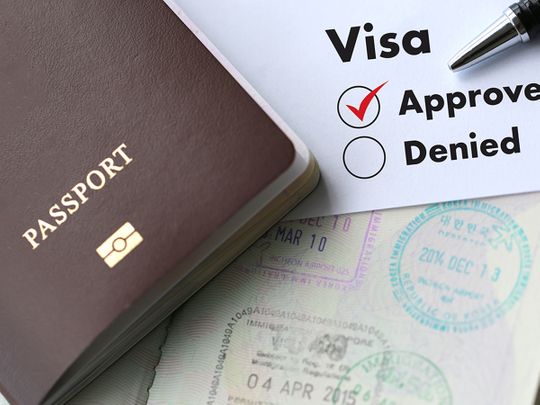“Additionally, 50% of customers who book flights typically make their reservation the day before they fly.”
The delay in China’s outbound travellers’ return to pre-Covid levels – the world’s top spenders on international tourism and airlines – is hitting travel-related companies, hotels, and retailers globally.
According to UN Tourism data, Chinese people took 87 million trips abroad last year, down 40% from pre-2019 levels. Moreover, China’s travellers spent 24% less last year than in 2019.
Jane said visa-free travel has significantly helped destinations like Singapore, Malaysia, and Thailand achieve double-digit growth, with some reaching 200% growth compared to 2019 levels.
“Countries like the UAE and Qatar with visa-free treatment saw even more impressive growth—up to 300% compared to 2019,” she said.
She said travel partners are well-placed to work with governments to speed up the process for visa-free travel or even implement 5-year or 10-year visas. “This would benefit destinations when customers make last-minute decisions on where to go, especially those who value the ease of travel,” said Jane, who was attending the World Travel and Tourism Council’s (WTTC) annual summit in Perth, Western Australia.
“The second challenge we need to face and overcome is the availability of direct flights,” she added. “This year, outbound flight capacity has recovered to about 80% of 2019 levels.
“However, especially for long-haul destinations, the availability of direct flights is a key consideration for Chinese travelers.”
Emirates currently flies to three destinations in China and hopes to increase frequencies to Asia’s biggest economy in the coming months.
Jane said that Chinese travellers are accustomed to high-quality services -“They look for hotels with ratings of at least 4.8 out of 5. Chinese travellers also care about other factors, such as safety and language. Destinations that can address these needs will give Chinese travellers peace of mind when travelling abroad.”










